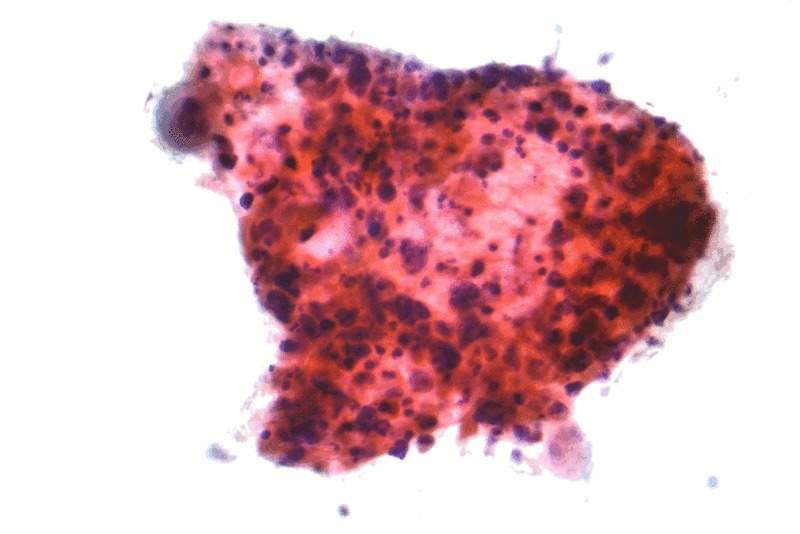
The European Medicines Agency (EMA) has accepted AstraZeneca’s variation to the marketing authorisation application (MAAv) submission for Tagrisso (osimertinib) to treat patients with non-small-cell lung cancer (NSCLC).
The therapy has been accepted for first-line treatment of adult patients with locally advanced or metastatic NSCLC whose tumours have epidermal growth factor receptor (EGFR) mutations (exon 19 deletions or exon 21 (L858R) substitution mutations).
Tagrisso is a third-generation, irreversible EGFR tyrosine kinase inhibitor (TKI) with clinical activity against central nervous system (CNS) metastases.
It is designed to inhibit both EGFR-sensitising and EGFR T790M-resistance mutations.
Tagrisso is currently also being investigated in the adjuvant setting and in combination with other treatments.
AstraZeneca’s MAAv submission for Tagrisso is based on the data obtained from the double-blinded, randomised Phase III FLAURA trial.

US Tariffs are shifting - will you react or anticipate?
Don’t let policy changes catch you off guard. Stay proactive with real-time data and expert analysis.
By GlobalDataThe trial, involving 556 patients across 29 countries, assessed the efficacy and safety of Tagrisso 80mg once daily compared to current first-line EGFR-TKIs.
The study showed that the AstraZeneca drug significantly improved progression-free survival (PFS) compared to EGFR-TKIs, erlotinib or gefitinib, in previously untreated patients with locally advanced or metastatic EGFR mutation-positive (EGFRm) NSCLC.
AstraZeneca has also submitted a supplemental new drug application (sNDA) to Japan’s Pharmaceuticals and Medical Devices Agency for the use of Tagrisso for the first-line treatment of patients with inoperable or recurrent EGFRm NSCLC.
In addition, the company has entered a strategic joint venture (JV) with the Chinese Future Industry Investment Fund (FIIF) to form an equally owned, stand-alone company in China to discover, develop and commercialise potential new medicines to help meet unmet needs globally.



